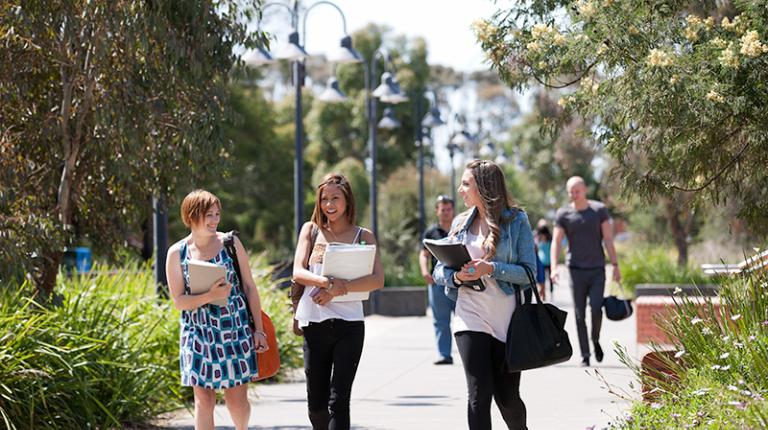Learn about the entry requirements and structure of study when you come to Victoria University on a student exchange.
Find out about our teaching methods and assessments, and how a VU unit of study will convert when you return to your home university.







